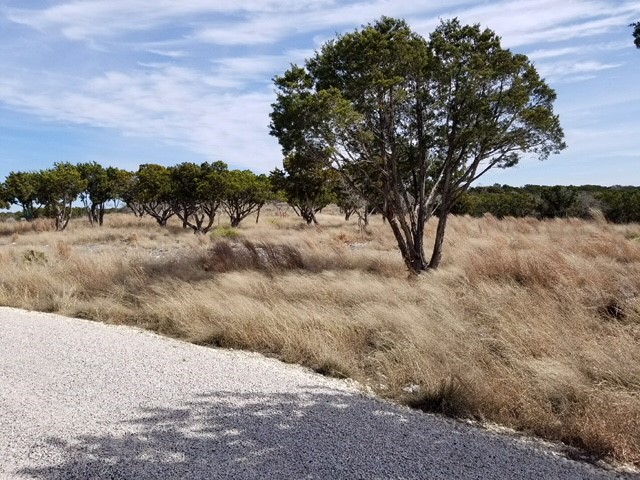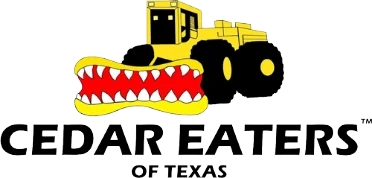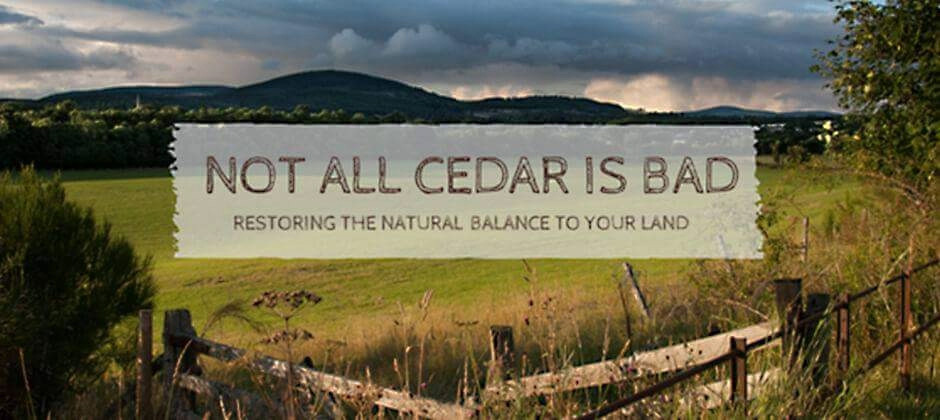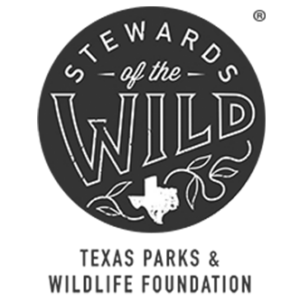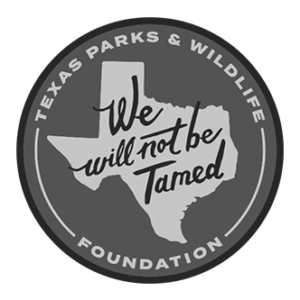Did you know that not all cedar is bad? To many of you, this is blasphemy. But it’s true! As land stewards, it’s important to focus on maintaining the natural balance of the land and to look at the land from a holistic viewpoint. A common misconception in the Texas Hill Country is that cedar (Ashe Juniper) is an invasive species. That’s false.
Cedar trees are actually native and have always been in the Hill Country to some extent. Native Americans kept cedar populations in check by utilizing controlled burns. Many ranchers still use controlled burns to contain cedar infestations. However, the subdividing of land over time, combined with a lack of education on these practices, has made controlled burns less and less common. As a result, cedar has largely taken over the Central Texas landscape.
That’s where we come in. Cedar Eaters of Texas knows that cedar encroachment can be problematic for many reasons. Cedar guzzles up water and tends to cause a lack of diversity in local plant life. It can overtake an area, making it difficult to access parts of your property. It causes many people to have terrible allergies. It’s just plain ugly. We also know that some large, old-growth cedar is okay to leave behind. It acts as a habitat for birds and other wildlife living on your land. Remember, it’s about finding that right balance.
So, how much cedar is good to leave? Cedar Eaters believes that between 20-25% of cedar (including mostly mature trees) can be left behind for cover. We recommend that the other 75-80% of your property be reclaimed as native grasslands or “savannah,” as it was historically. After clearing cedar with Cedar Eaters, you will begin to see the reemergence of those native grasses—oftentimes naturally, without having to reseed. We also recommend planting a diverse mix of seedlings (baby trees) besides cedar—including various types of oaks, elms, cypress, cherry and pecan trees—just to name a few. This diversity of species is the ultimate goal. Protect young trees you plant using wire fencing or other barriers to prevent deer populations from overgrazing them.
If you are still unsure about how much cedar to clear on your property, don’t fret. Cedar Eaters can help you develop a “game plan” by mapping out your property using aerial imagery and determining the areas that contain old-growth cedar vs. the target areas that were historically clear of cedar. Call us today to schedule your free estimate with one of our land restoration experts, who can help you get your land back to its natural balance.
Here are some photos of a property we cleared five years ago in Kerr County. As you can see, the native grasses are growing back nicely:

